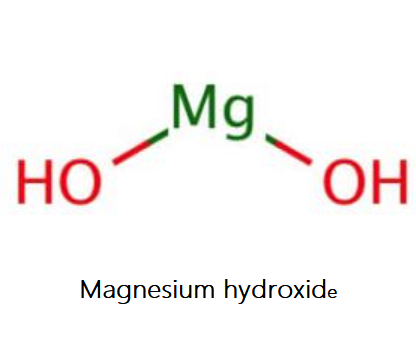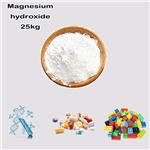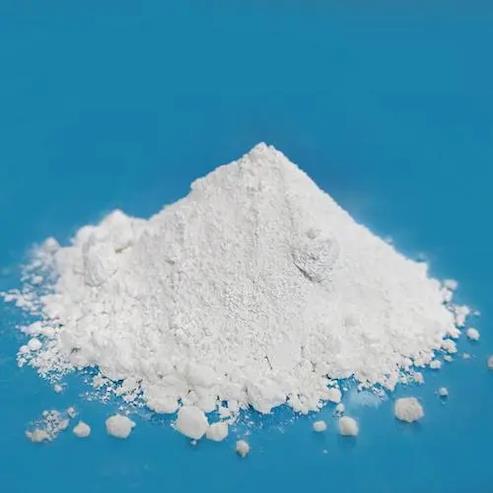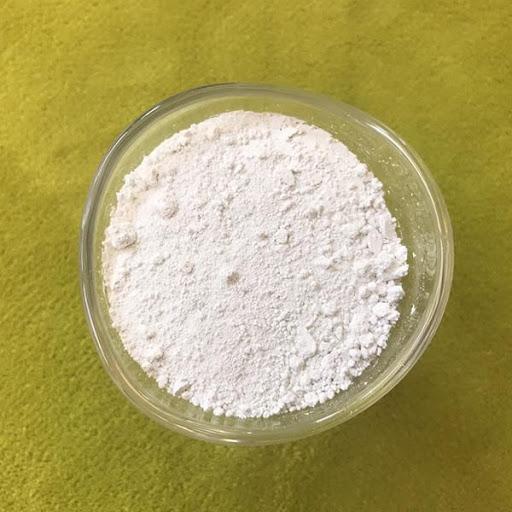The uses and side effects of magnesium hydroxide
Introduction

Magnesium hydroxide is a layer-structured mineral, and there are a family of double hydroxides where the magnesium hydroxide layers alternate with trivalent metal hydroxide layers. Water, plus anions such as carbonate, is found between the layers. When the trivalent metal is aluminium, the double hydroxides are known as hydrotalcite and have the general formula: Mg1–x·Alx(OH)2, etc.
Magnesium hydroxide (Mg(OH)2) is the second largest selling inorganic hydroxide flame retardant. It is a white to off-white crystalline powder with a specific gravity of 2.4 and a Mohs hardness of around 3.0. It loses 30.9% of its mass as water vapour on heating above 450°C. The thermal stability of Mg(OH)2 and its derivatives is much higher than that of ATH. They are normally thermally stable up to 330–340°C and, therefore, can be used in most high-temperature thermoplastics without decomposition. For example, Mg(OH)2 and a hydromagnesite (Mg4(CO3)3(OH)2.3H2O)/hunite (Mg3Ca(CO3)4) hybrid compound can be used in polymer composites that need to be processed above the decomposition temperature of ATH.
Uses
Magnesium hydroxide is used to treat occasional constipation in children and adults on a short-term basis. Magnesium hydroxide is a class of medication called saline laxatives and works by causing water to be retained in the stool. This increases the number of bowel movements and softens the stool, making it easier to pass.
Magnesium hydroxide is a chewable tablet, tablet, and a suspension (liquid) to take by mouth. It is usually taken as a single daily dose (preferably at bedtime), or you may divide it into two or more parts over one day. Magnesium hydroxide usually causes a bowel movement within 30 minutes to 6 hours after taking it.
Effects on Health
Flushing or drowsiness are side effects of magnesium hydroxide. Consuming this compound daily can result in electrolyte disturbances. Excessive use can result in nausea, diarrhoea, and abdominal cramping. Symptoms include watery diarrhoea or gastrointestinal irritation may occur. Poisoning causes hypomagnesemia, which includes symptoms such as vomiting, hypotension, confusion, muscle weakness, cardiac arrhythmias, Cardiac arrest, nausea, flushing, thirst, drowsiness, loss of tendon reflexes, respiratory depression, and coma.
You may like
Related articles And Qustion
See also
Lastest Price from Magnesium hydroxide manufacturers

US $0.00-0.00/KG2025-12-12
- CAS:
- 1309-42-8
- Min. Order:
- 1KG
- Purity:
- 98%min
- Supply Ability:
- 30tons/month

US $10.00/kg2025-04-21
- CAS:
- 1309-42-8
- Min. Order:
- 1kg
- Purity:
- 99%
- Supply Ability:
- 10 mt




